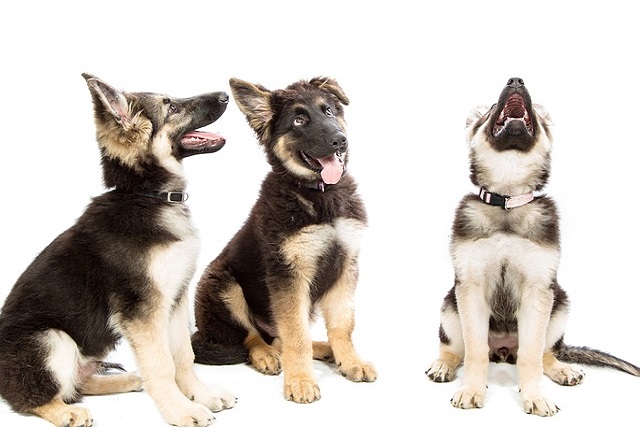
How can I tell if my dog's heatstroke is serious
Let’s be real: It’s a sticky August morning in Los Angeles, and you took your 2-year-old Golden Retriever, Max, for a walk a little later than usual
Walking into your living room to find your brand - new coffee table legs looking like they’ve been through a woodchipper? If your puppy seems hell - bent on turning your furniture into chew toys, you’re probably asking yourself: “Will they ever grow out of this?” The good news is, in most cases, puppies do stop gnawing on furniture as they mature, but understanding the “why” behind their behavior can help speed up the process.
Puppies’ excessive chewing is deeply rooted in their developmental stages. Between 3 and 6 months old, puppies experience teething, much like human babies. As their baby teeth fall out and adult teeth push through, their gums are sore and itchy. Chewing provides a soothing sensation, relieving that discomfort. Think of it as a puppy’s version of using a teething ring. But even after teething, some puppies continue to chew out of boredom, lack of exercise, or anxiety. Picture a young Labrador cooped up alone in a small apartment all day; your couch cushions become an irresistible source of entertainment.
So, will they really stop? For the majority of puppies, once they reach adulthood (usually around 1 - 2 years old), the urge to chew everything in sight diminishes significantly. Their teeth are fully grown, and they have better self - control. However, this doesn’t mean you should just wait it out. You can actively help your puppy break the habit. Instead of scolding or punishing them when they chew furniture, which is not only ineffective but also goes against positive pet training principles, focus on redirection.
Keep a variety of suitable chew toys readily available. Toys like rubber Kongs filled with peanut butter, durable nylon bones, or soft plush toys can capture your puppy’s attention. When you catch your puppy eyeing your furniture, firmly say “no,” then immediately offer a toy and praise them when they take it. This positive reinforcement approach aligns with modern pet training methods, which have proven to be far more effective and humane than punishment - based techniques.

Creating a puppy - proof environment is also crucial. In an apartment, use cord organizers to keep electrical wires out of reach, and store shoes in closed cabinets. If you have a garden, make sure tools, hoses, and other tempting items are put away. Remember, responsible pet ownership isn’t just about training; it’s also about ensuring your puppy’s safety. This includes keeping up with regular veterinary check - ups and necessary vaccinations, which may be required by law in many places.
When taking your puppy for walks in the community, it’s important to follow proper pet etiquette. Always clean up after your puppy using biodegradable poop bags. Not only is this the neighborly thing to do, but it’s also a legal requirement in most areas. A well - behaved puppy in public is a reflection of good pet parenting.
In conclusion, while most puppies will grow out of the furniture - chewing phase as they mature, your intervention matters. By providing appropriate outlets for their chewing instincts, using positive training methods, and ensuring a safe environment, you can help your puppy transition smoothly. With patience and consistency, you’ll soon find that your furniture is no longer on your puppy’s menu.

Let’s be real: It’s a sticky August morning in Los Angeles, and you took your 2-year-old Golden Retriever, Max, for a walk a little later than usual

You're enjoying a summer afternoon at the park when you notice your dog has stopped panting and appears disoriented - their gums are bright red

Let’s paint the picture: You’re in your Denver apartment, watching your 4-year-old Boston Terrier, Ruby, plop down mid-play session with her favorite toy

Many dog owners notice their pets nails seem shorter after regular walks,but how much does this daily activity actually help?The answer depends on where you walk—concrete sidewalks or asphalt streets gently file nails as a dog's paws hit the ground

Most dog owners notice their pup scooting across the carpet at some point, but few connect it to impacted anal glands. These small sacs near a dog’s rectum secrete a scent for marking territory

Most vets agree that regular dog teeth cleaning is key to avoiding painful dental issues later. For healthy adult dogs, a professional cleaning at the vet’s office every 12 to 18 months usually works well.